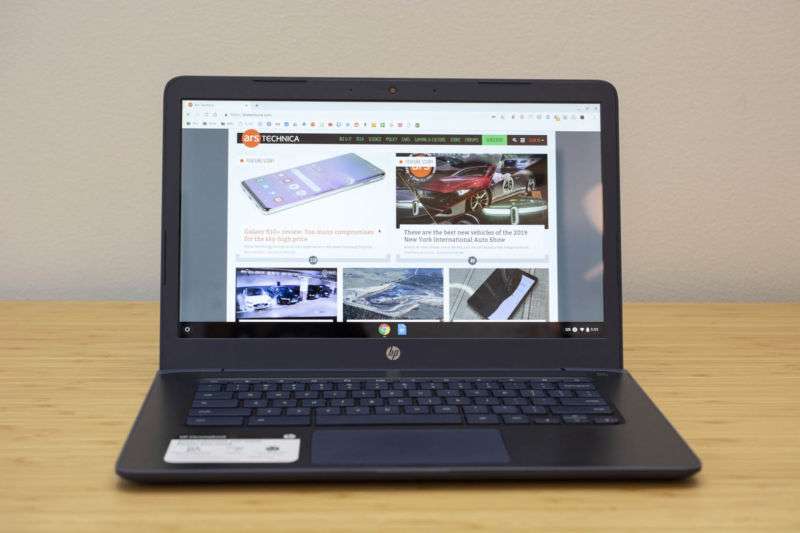
Gartner, IDC agree that PC sales are up—but they don’t agree what a PC is

We’ve been hearing for quite some time that the traditional PC is dying, but it’s not quite dead yet. Business analyst firms Gartner and IDC tackle the numbers differently, but both agree that sales of traditional PCs were up—in some regions, way up—in Q2 2019.
While both firms reported market growth in year-on-year PC sales, their actual figures differed. IDC reported a 4.7% growth in Q2 sales, where Gartner only reported 1.5%. The two firms’ numbers for US regional sales differed even more sharply, with Gartner claiming a 0.4% loss and IDC claiming a “high single digit gain.”
We spoke to IDC’s Jitesh Ubrani about the difference, and it turns out the two companies don’t quite agree on what is or is not a traditional PC. IDC counts Chromebooks as traditional PCs but doesn’t count Microsoft Surface tablets; Gartner does count Surface but doesn’t count Chromebooks. The higher numbers from IDC indicate a stronger market for Chromebooks than Surface, which shouldn’t be a surprise to anyone with children in North American schools, where the inexpensive and easily locked-down Chromebooks are ubiquitous.
Analysts at both companies agree that a US/China trade war hasn’t hurt PC sales yet, but each spins it a little differently. Gartner’s Mikiko Kitigawa warns: “Most laptops and tablets are currently manufactured in China, and sales of these devices in the US could face significant price increases,” while IDC’s Jitesh Ubrani seems more focused on short-term boosts in sales trying to outrun future tariffs, stating, “the fear of increased tariffs and a potential trade war are great topics for conversation but aren’t manifesting into a tangible increase in demand yet.”
We also asked Jitesh about the sharp discrepancy between United States and Canada sales figures; the US market has been essentially flat while the Canadian market has seen growth for 12 consecutive quarters, with Q2 growth of 11.0%—the highest growth rate in nine years. Jitesh attributed much of this growth to Windows 10 upgrades, with Windows 7’s end-of-life (EOL) just around the corner in January 2020.
United States companies and organizations face the same EOL date that Canadian ones do, but Jitesh—who is Canadian himself—attributed the difference to the Canadian market “moving faster” than its American counterparts. This struck us as a polite way of saying Canadians intend to actually beat the January 2020 deadline, where many American companies and organizations will let it slip by and play catch-up for months and years to come.




